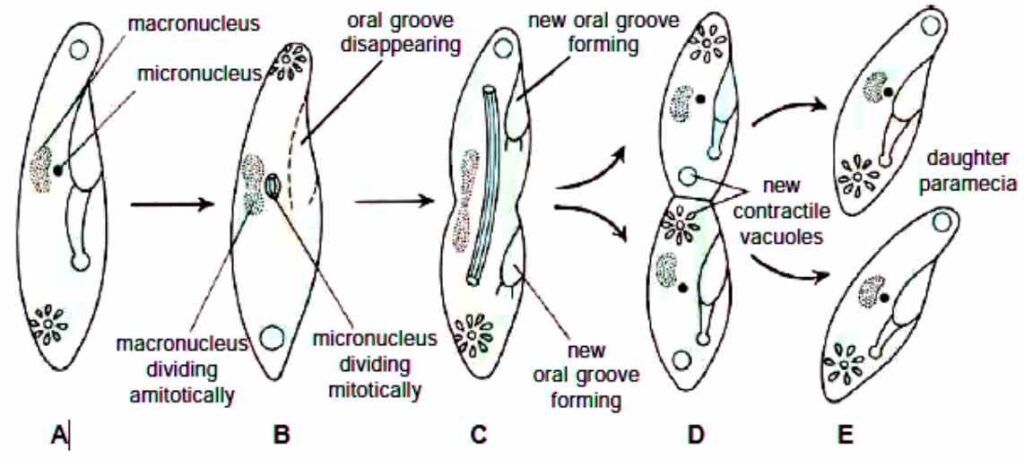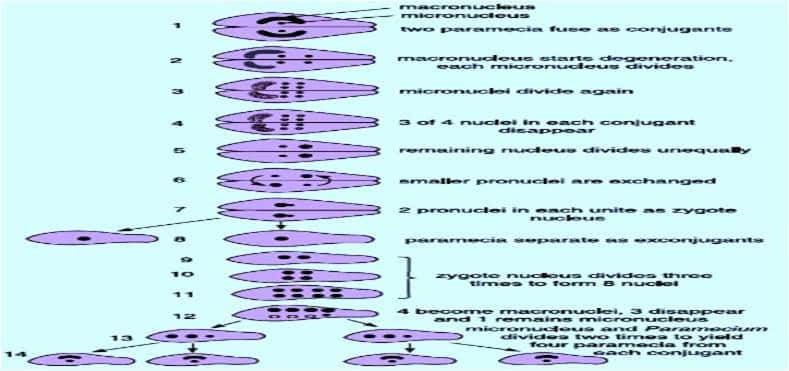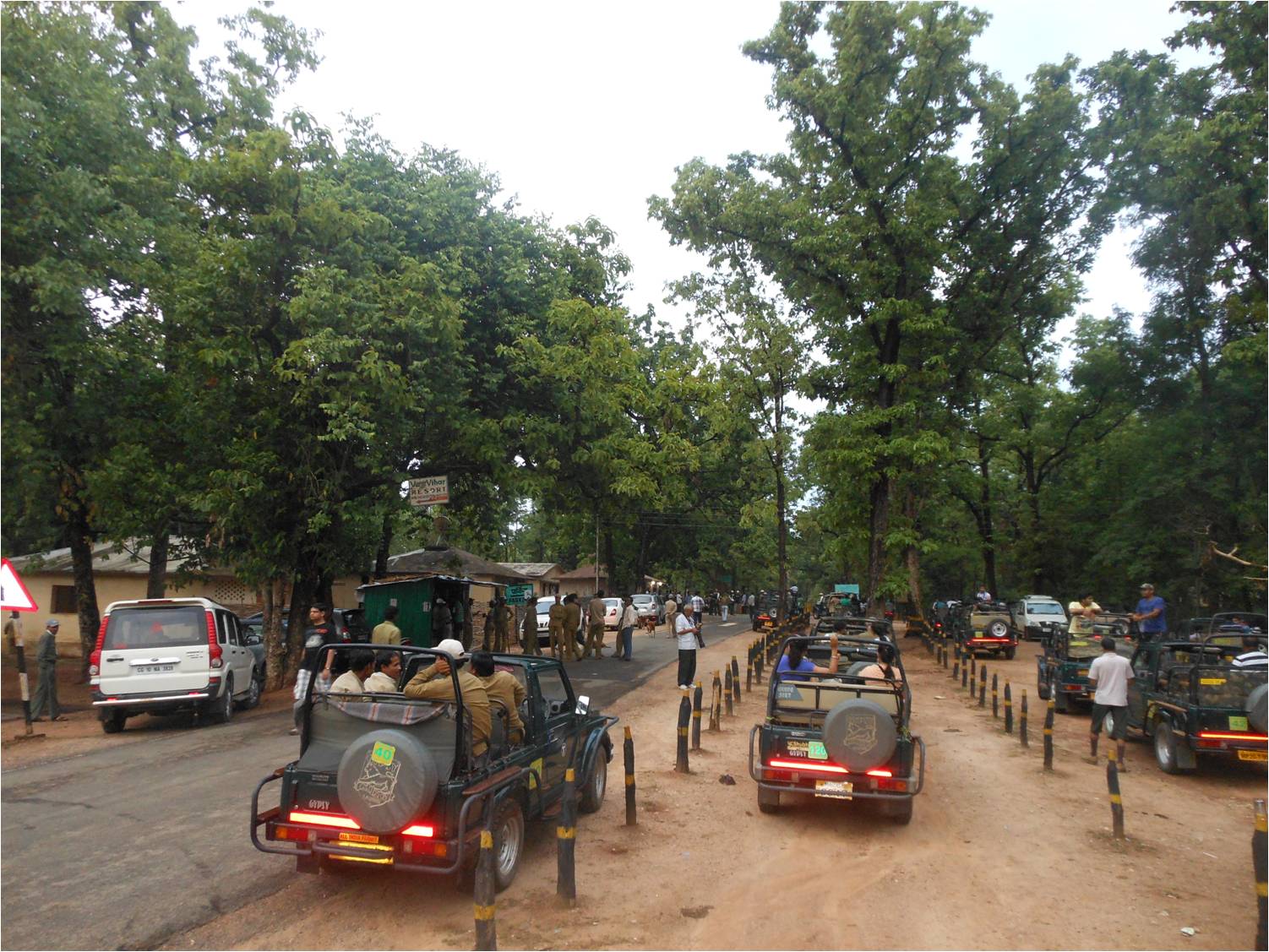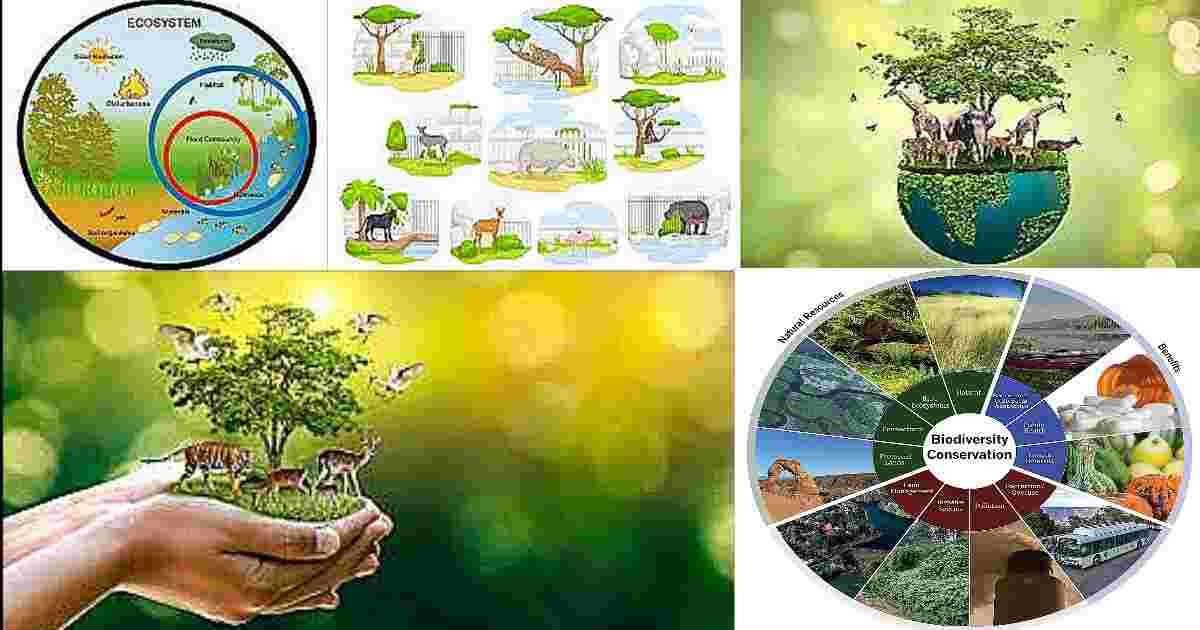Reproduction in Paramoecium: Paramecium reproduces asexually by transverse binary fission and also undergoes several types of nuclear reorganisation, such as conjugation, endomixis, autogamy, cytogamy and hemixis, etc.
Asexual Reproduction in Paramoecium
Asexual reproduction is the more common mode of reproduction in protozoa. It allows for rapid population growth under favorable conditions. There are several forms of asexual reproduction in protozoa, including:
Transverse Binary Fission
Transverse binary fission is the common asexual reproduction in Paramecium. It
is a distinctly unique asexual process in which one fully grown specimen divides into two daughter individuals without leaving a parental corpse. The plane of division is through the centre of the cell and in a plane at right angles to the long axis of the body. Division of the cell body as a whole is always preceded by division of the nuclei; indeed it appears that reproduction is initiated by nuclear activity and division. ‘Reproduction in Paramoecium’

In binary fission, the micronucleus divides by mitosis into two daughter micronuclei, which move to opposite ends of the cell. The macronucleus elongates and divides transversely by amitosis. Another cytopharynx is budded off and two new contractile vacuoles appear, one near anterior end and another near posterior end. In the meantime, a constriction furrow appears near the middle of the body and deepens until the cytoplasm is completely divided.
The resulting two “daughter” paramecia are of equal size, each containing a set of cell organelles. Of the two daughter paramecia produced, the anterior one is called proter and the posterior one is called opisthe. They grow to full size before another division occurs. The process of binary fission requires about two hours to complete and may occur one to four times per day, yielding 2 to 16 individuals. About 600 generations are produced in a year. The rate of multiplication depends upon external conditions of food, temperature, age of the culture, and population density. ‘Reproduction in Paramoecium’
Sexual Reproduction in Paramoecium
When conditions are less favorable, Paramecium can reproduce sexually through conjugation
Conjugation:
Conjugation is defined as the temporary union of two individuals which mutually exchange micronuclear material. It is unique type of a sexual process in which two organisms separate soon after exchange of nuclear material. ‘Reproduction in Paramoecium’
Conjugation occurs usually under unfavourable living conditions
Sudden darkness in light conditions and low temperatures are said to induce the process of conjugation in some species.
Conjugation does not take place during night or darkness; it starts in early morning and continues till afternoon. ‘Reproduction in Paramoecium’
A proteinaceous substance in the cilia of mating type individuals is said to induce conjugation
The Process of Conjugation
In conjugation two Paramecium of the opposite mating types of the same variety come together with their ventral surfaces and unite by their oral grooves; their cilia produce a substance on the surface of the body which causes adhesion of the two conjugating paramecia. They stop feeding and their oral groove apparatus disappears. The pellicle and ectoplasm, at the point of contact, of both break down, and a protoplasmic bridge is formed between the two animals. Now, these individuals are called conjugants. In this condition, the conjugating pair swim actively and simultaneously a series of nuclear changes take place in each conjugant as described below :
The macronucleus begins to disintegrate, it becomes loose in texture and forms a complex twisted skein, during the latter half of the conjugation period it will finally disappear being absorbed in the cytoplasm. The micronucleus of each conjugant divides twice, one of them being a reduction division. Thus, four haploid daughter micronuclei are produced in each conjugant. Three of these four micronuclei degenerate in each, so that only one remains.

The remaining micronucleus of each conjugant divides mitotically into two unequal pronuclei or gametic nuclei forming a larger stationary female pronucleus and a smaller, active migratory male pronucleus. The migratory pronucleus of one conjugant crosses over the protoplasmic bridge and fuses with the stationary pronucleus of other conjugant to form a synkaryon or conjugation nucleus in which the diploid number of chromosomes is restored and there has been an exchange of hereditary material. ‘Reproduction in Paramoecium’
The process has been compared with fertilisation in higher animals, but this is not fertilisation because no gametes are involved. The conjugants now (after about 12–48 hours) separate and are called exconjugants. The synkaryon of each exconjugant divides three times to form eight micronuclei in each exconjugant. Four of the eight micronuclei enlarge and become macronuclei, and three of the other four micronuclei disappear. The remaining micronucleus divides and at the same time the exconjugant divides by binary fission into two cells, each having two macronuclei and one micronucleus.
The cells and their micronuclei divide a second time to form four paramecia from each exconjugant, so that each has one macronucleus and one micronucleus. The new macronucleus, as also the micronucleus, have been made of new material. These new nuclei probably contain new and different potential which is reflected in the healthy individuals. ‘Reproduction in Paramoecium’
Endomixis:
- Endomixis is a type of nuclear reorganization in Paramecium.
- During endomixis, the micronucleus undergoes multiple divisions, resulting in the formation of several micronuclei.
- These micronuclei then fuse together, leading to genetic recombination.
- Endomixis contributes to genetic diversity in Paramecium. ‘Reproduction in Paramoecium’
Autogamy:
- Autogamy is another process observed in Paramecium.
- It occurs during unfavorable conditions when food is scarce.
- In autogamy, the Paramecium undergoes self-fertilization.
- The micronucleus undergoes meiosis, producing four haploid nuclei.
- Two of these nuclei fuse, resulting in the reconstitution of a diploid micronucleus.
- This diploid micronucleus then divides mitotically to form two new micronuclei.
- Autogamy helps maintain genetic diversity even when sexual reproduction is not possible. ‘Reproduction in Paramoecium’
Cytogamy:
- Cytogamy is the process of cell fusion in Paramecium.
- During cytogamy, two Paramecia come into contact and exchange cytoplasmic material.
- The micronuclei remain separate, but the macronuclei fuse.
- This process allows for the exchange of genetic material between individuals.
Hemixis:
- Hemixis is a rare process observed in Paramecium.
- It involves the fusion of two different micronuclei from different Paramecia.
- The resulting hybrid micronucleus contains genetic material from both parents.
- Hemixis contributes to genetic diversity by introducing novel combinations of genes.





